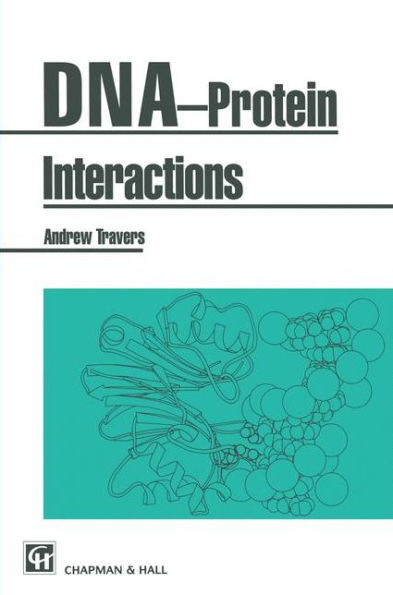5
1
9780412259906


DNA-Protein Interactions / Edition 1 available in Paperback

DNA-Protein Interactions / Edition 1
- ISBN-10:
- 0412259907
- ISBN-13:
- 9780412259906
- Pub. Date:
- 04/30/1993
- Publisher:
- Springer Netherlands
- ISBN-10:
- 0412259907
- ISBN-13:
- 9780412259906
- Pub. Date:
- 04/30/1993
- Publisher:
- Springer Netherlands
109.99
In Stock

Product Details
| ISBN-13: | 9780412259906 |
|---|---|
| Publisher: | Springer Netherlands |
| Publication date: | 04/30/1993 |
| Edition description: | Softcover reprint of the original 1st ed. 1993 |
| Pages: | 192 |
| Product dimensions: | 6.10(w) x 9.25(h) x 0.02(d) |
| Age Range: | 18 Years |
From the B&N Reads Blog
